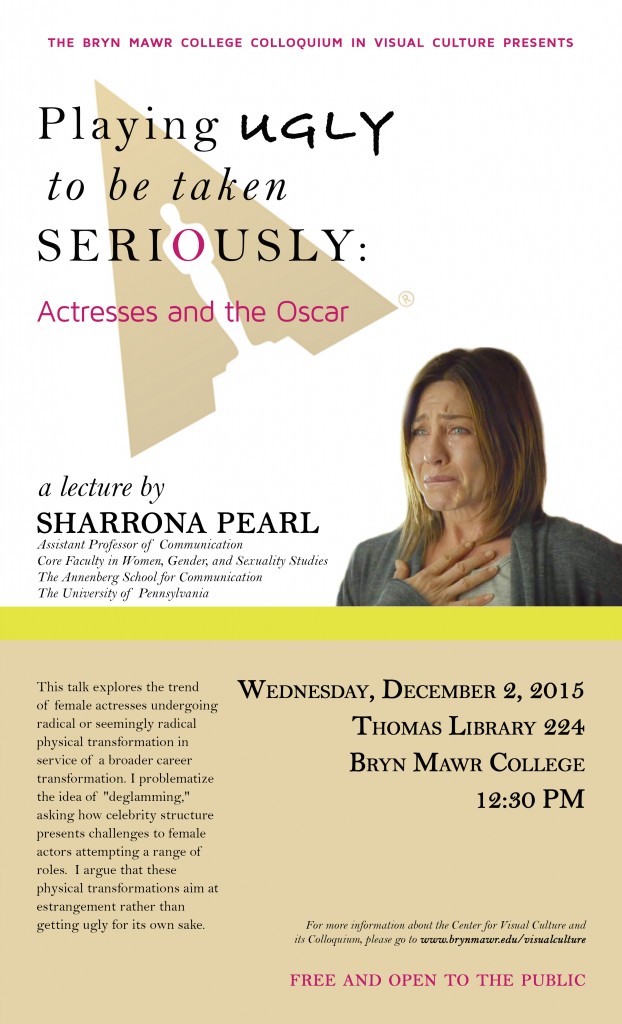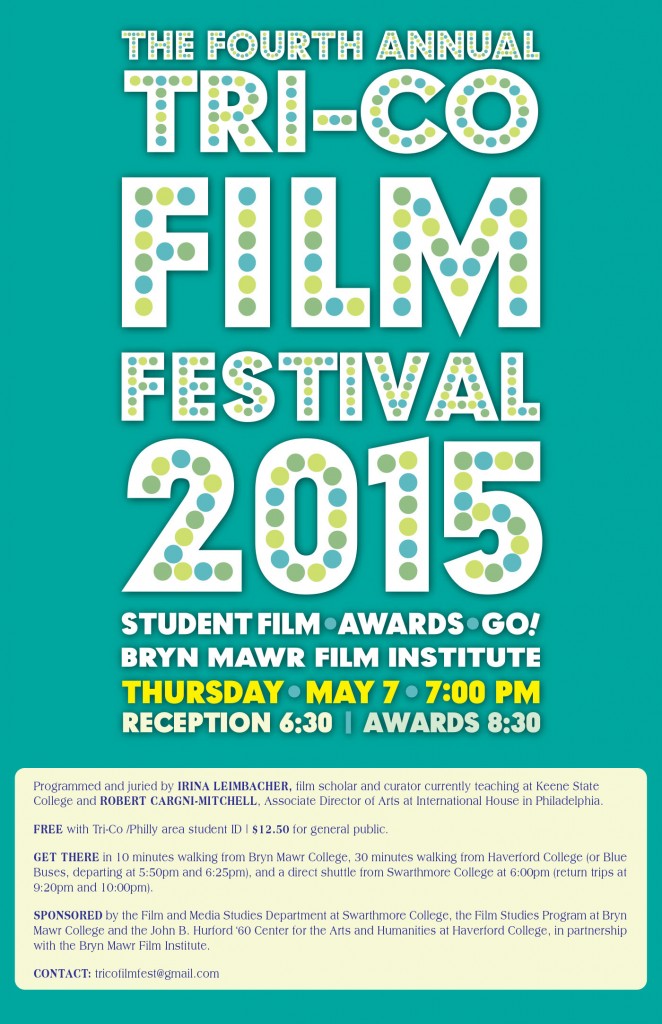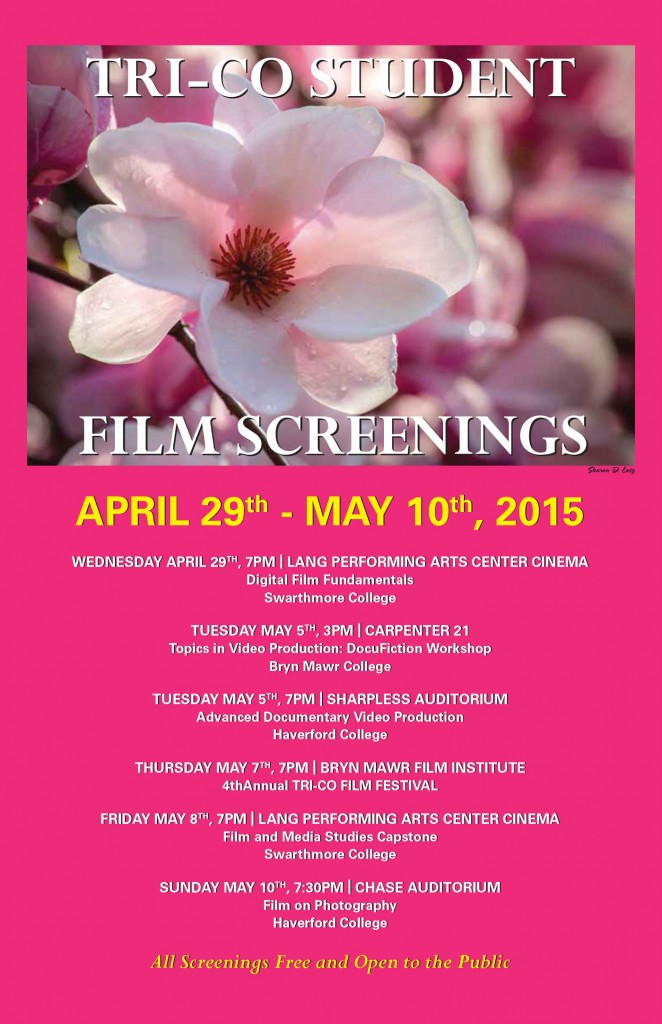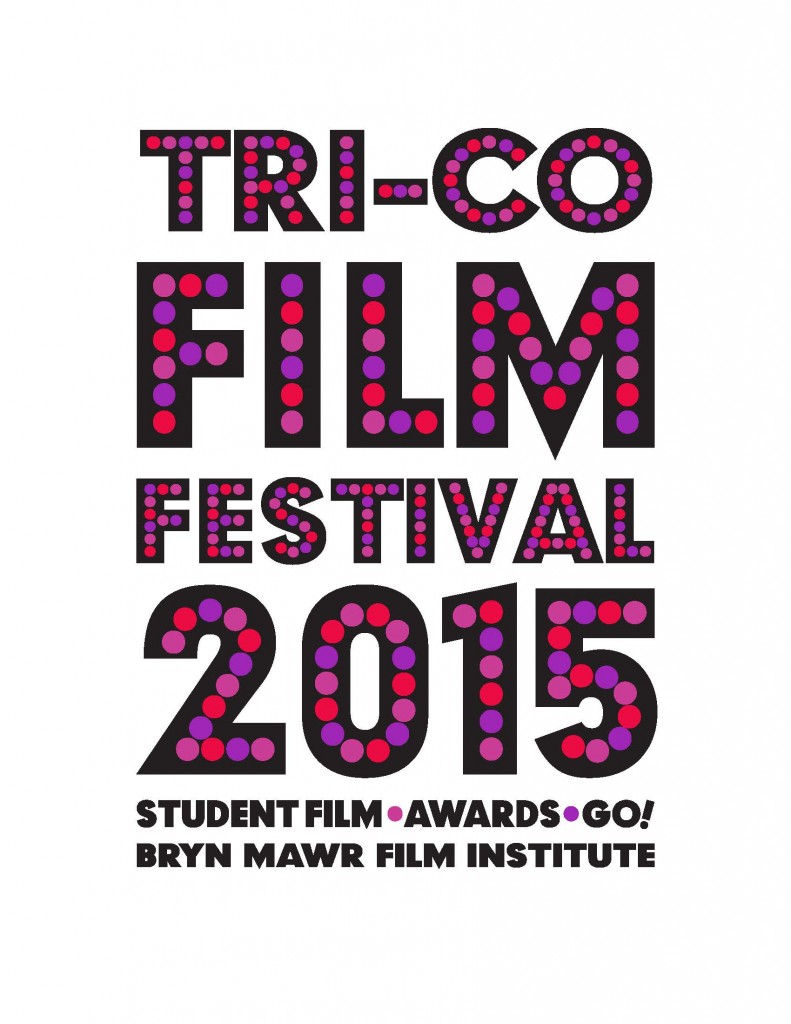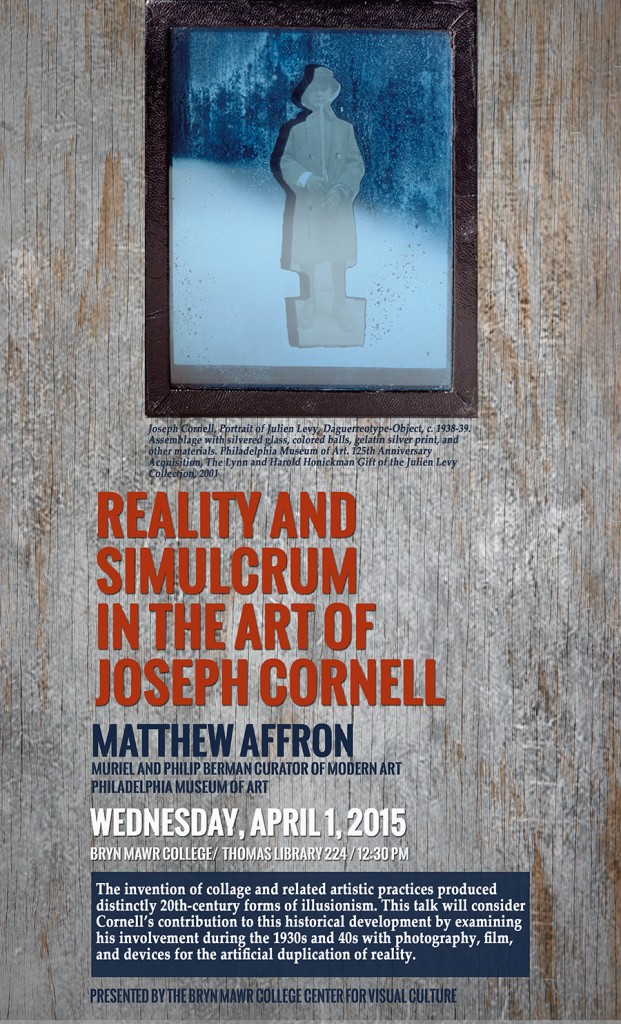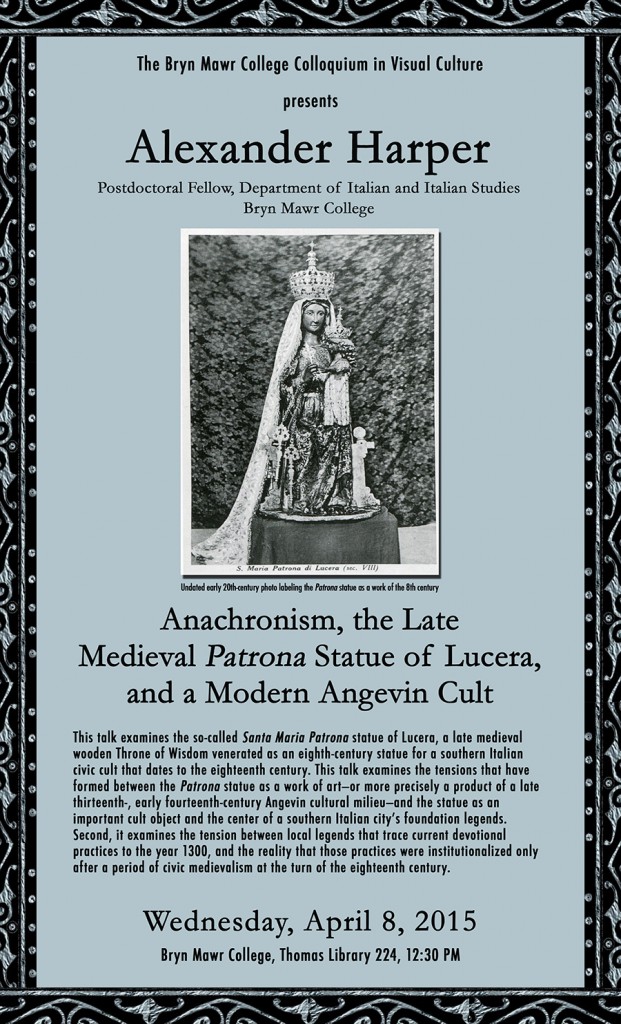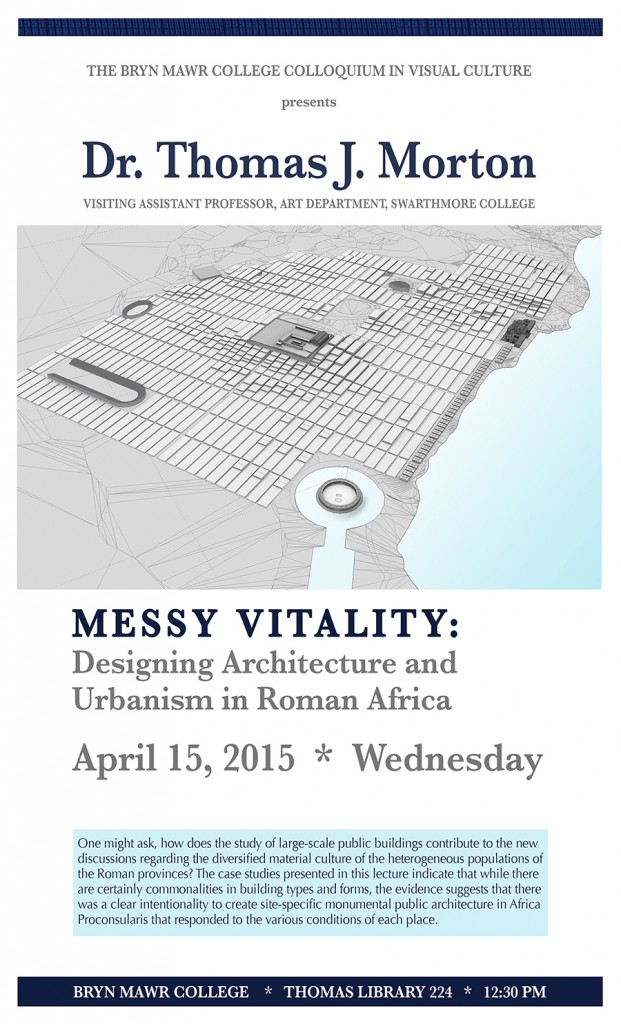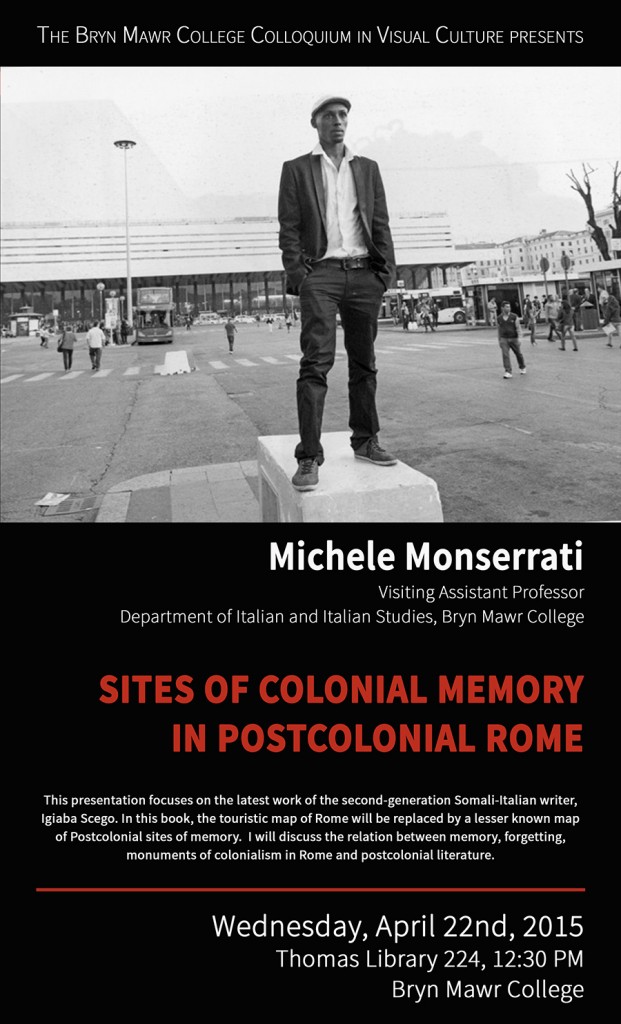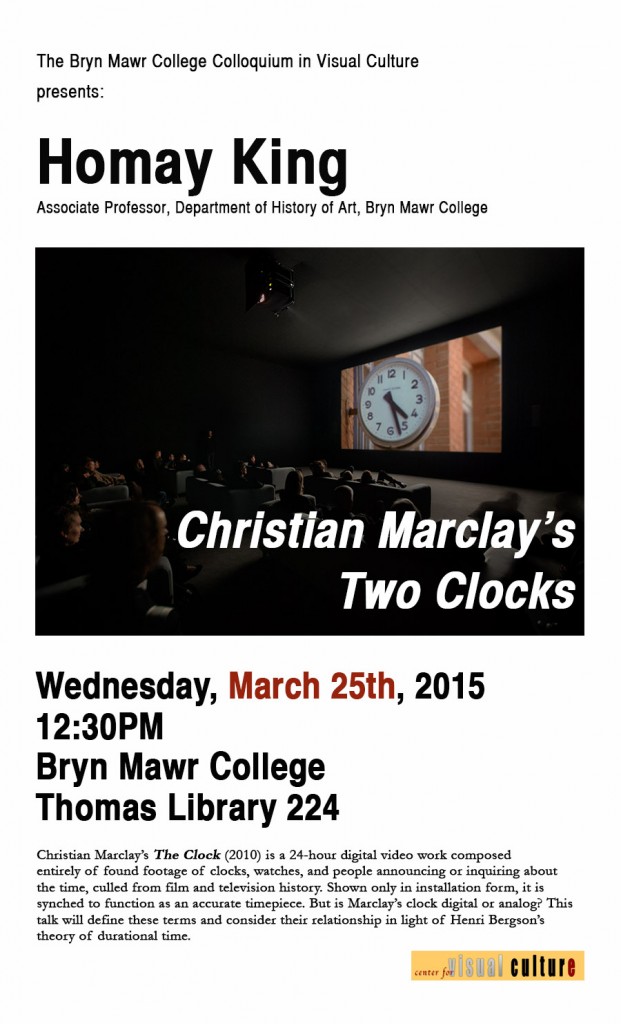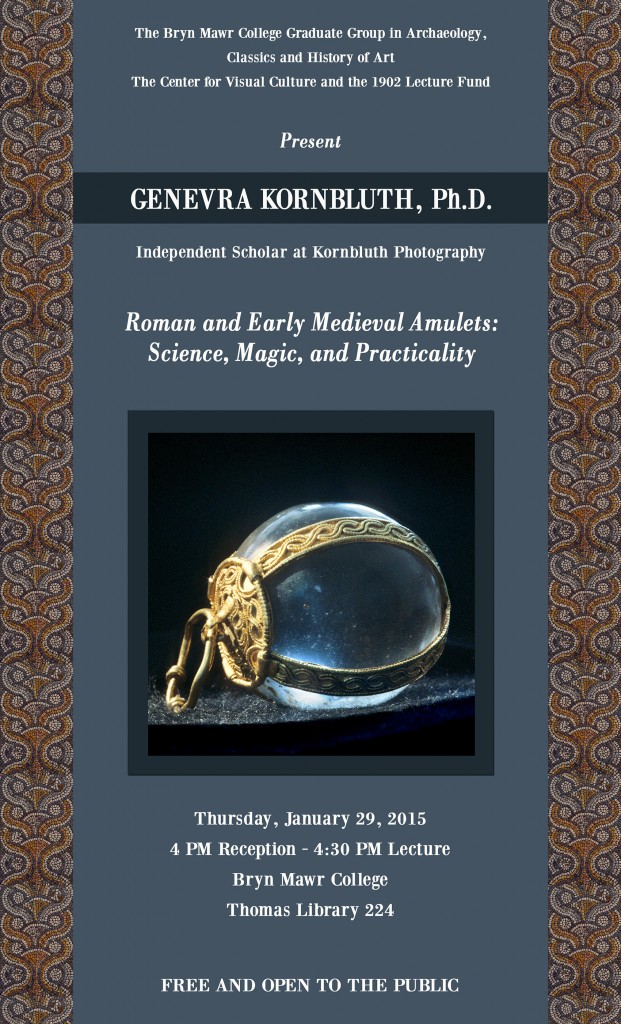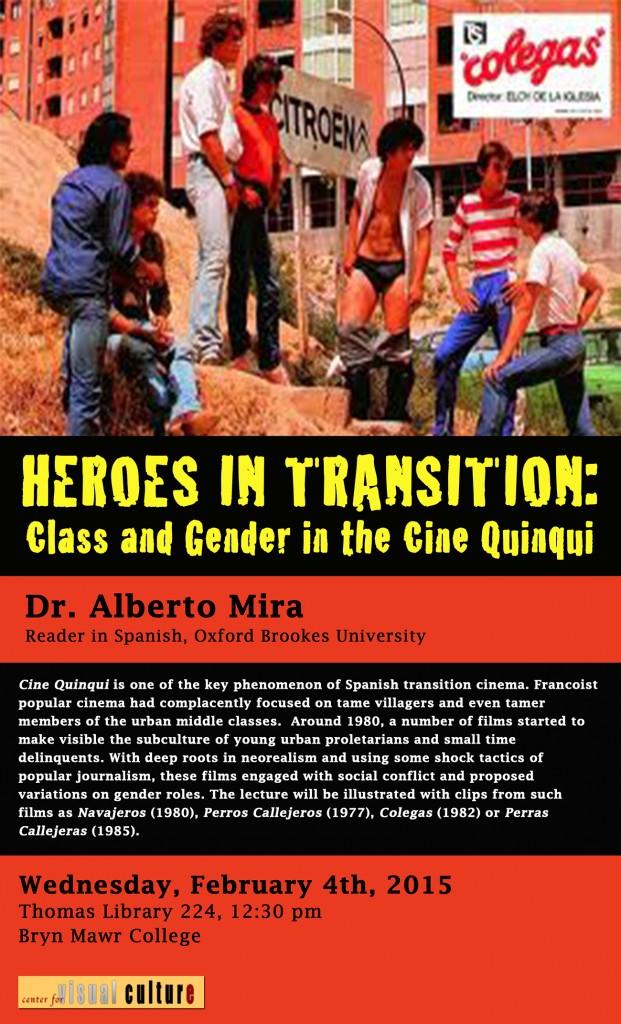Assistant Professor of Communication
Core Faculty in Women, Gender, and Sexuality Studies
The Annenberg School for Communication
The University of Pennsylvania
“Playing Ugly to be taken Seriously: Actresses and the Oscar”
This talk explores the trend of female actresses undergoing radical or seemingly radical physical transformation in service of a broader career transformation. I problematize the idea of “deglamming,” asking how celebrity structure presents challenges to female actors attempting a range of roles. I argue that these physical transformations aim at estrangement rather than getting ugly for its own sake.

